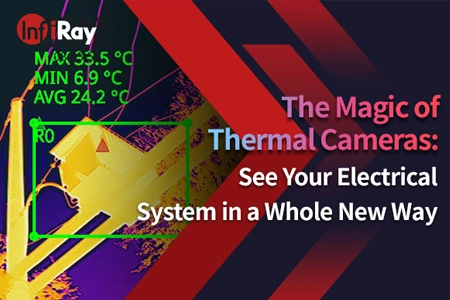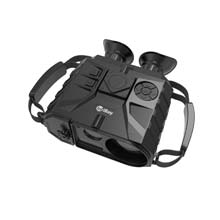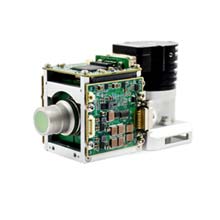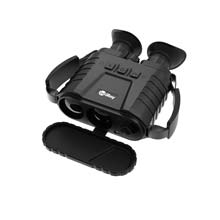How Far Can You See with a Thermal Imaging Camera
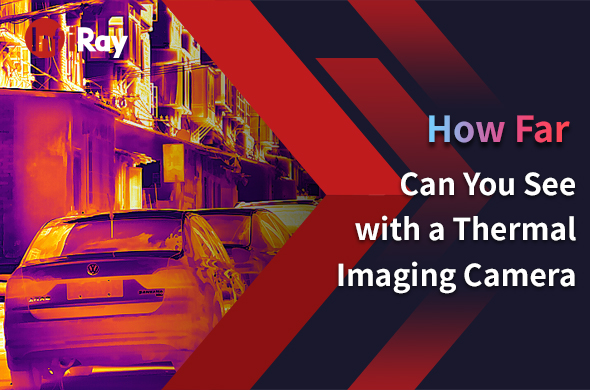
Thermal imaging cameras have become essential tools in various industries, including security, enforcement, wildlife observation, and firefighting. These cameras offer the ability to detect and visualize heat signatures, enabling users to see in complete darkness and adverse weather conditions. One crucial aspect of thermal imaging cameras is their detection distance, which determines their effectiveness in different scenarios.
The Importance of Determining the Detection Distance
Knowing the detection distance of a thermal imaging camera is crucial for several reasons. Firstly, it allows users to assess the camera's suitability for their specific application. For example, security professionals need to determine whether the camera can cover the desired surveillance area effectively. Additionally, understanding the detection distance helps in planning and positioning cameras strategically, ensuring optimal coverage. By considering the detection distance, blind spots can be avoided for a comprehensive monitoring.
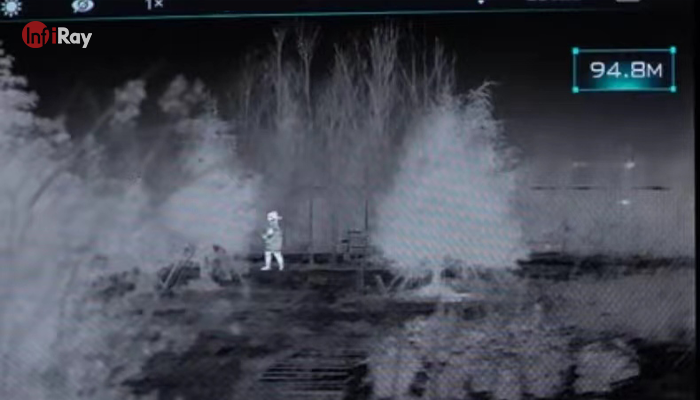
Factors Affecting the Range of a Thermal Imaging Camera:
Several factors influence the range of a thermal imaging camera. One of the primary factors is the camera's detector resolution. Higher-resolution detectors can capture more detailed and accurate thermal images, enabling users to detect objects at greater distances. Another critical factor is the lens focal length. Cameras equipped with longer focal length lenses have a narrower field of view but can detect objects farther away with increased clarity. Additionally, atmospheric conditions such as humidity, temperature, and air composition can affect the camera's detection range. Optimal performance is achieved in cooler and drier environments, as water vapor and other particles can hinder thermal imaging capabilities.
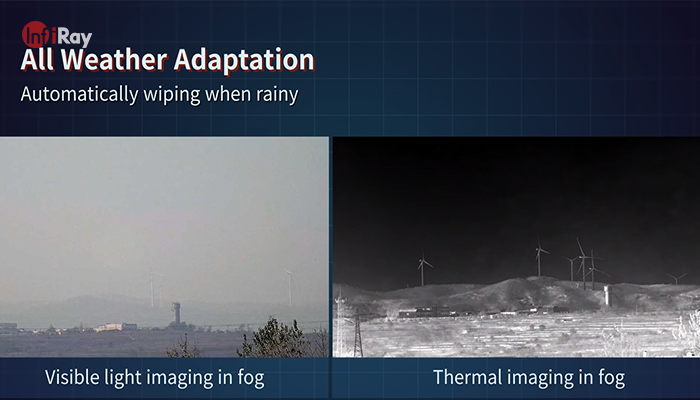
Even on foggy days with high humidity, InfiRay thermal camera can help you enhance your vision.
Understanding the Thermal Imaging Range:
When discussing the detection distance of thermal imaging cameras, it is important to understand the concept of thermal imaging range. The thermal imaging range comprises three distinct zones: maximum detection range, recognition range, and identification range.
1. Maximum Detection Range: The maximum detection range refers to the farthest distance at which the camera can detect the presence of an object. However, it does not provide details about the object's identity or characteristics. This range serves as a starting point for assessing the camera's capabilities and determining its suitability for specific applications.
2. Recognition Range: The recognition range denotes the distance at which the camera can distinguish between different objects. At this range, users can identify whether an object is a person, an animal, or an inanimate object. The ability to differentiate objects becomes crucial in security and surveillance applications.
3. Identification Range: The identification range is the distance at which the camera can provide sufficient detail to identify specific features or characteristics of an object. This range allows users to discern finer details like facial features or license plate numbers, enabling accurate identification and decision-making.
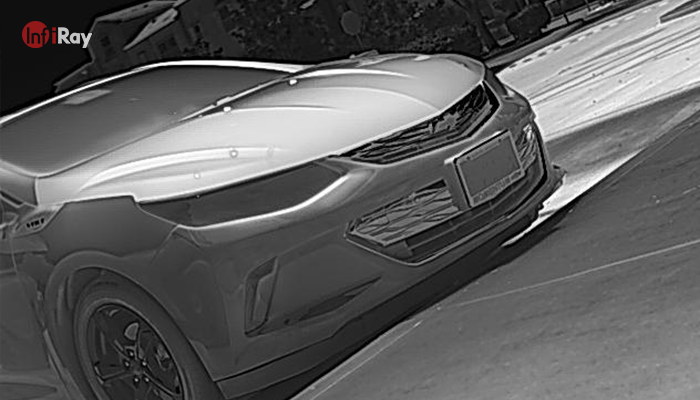
InfiRay thermal camera identifies details of the bodywork, such as emblems.
Enhancing the Thermal Imaging Detection Distance
While the detection distance of a thermal imaging camera is determined by its inherent specifications, there are several ways to enhance its performance and extend the range:
1. Camera Settings: Optimizing camera settings such as contrast, brightness, and image enhancement features can improve the visibility of objects at longer distances.
2. Advanced Image Processing: Utilizing advanced image processing algorithms can enhance the clarity and quality of thermal images, enabling better object detection and recognition.
3. Lens Selection: Choosing a lens with an appropriate focal length based on the desired detection distance can significantly improve the camera's performance.
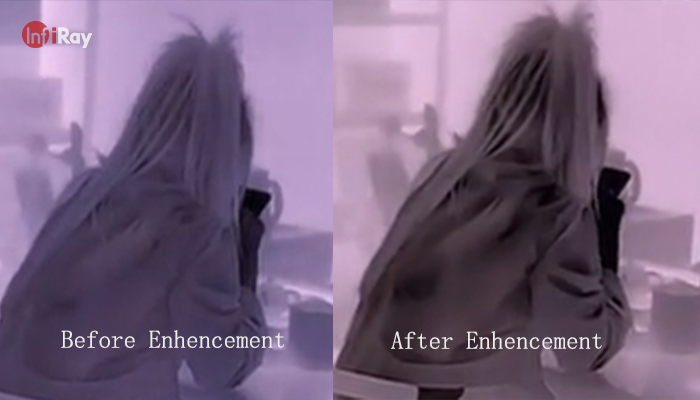
Determining the detection distance of a thermal imaging camera is crucial for maximizing its effectiveness in various applications. Understanding the factors affecting range, as well as the concept of thermal imaging range, provides valuable insights into the camera's capabilities. When considering thermal imaging cameras, InfiRay thermal imaging camera stands out as a reliable option. InfiRay offers a range of high-quality cameras with exceptional performance and advanced features. Our thermal cameras are equipped with cutting-edge technology, including high-resolution detectors, advanced image processing, and a variety of lens options, allowing users to achieve greater detection distances with superior image quality.









